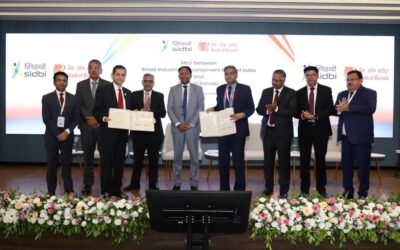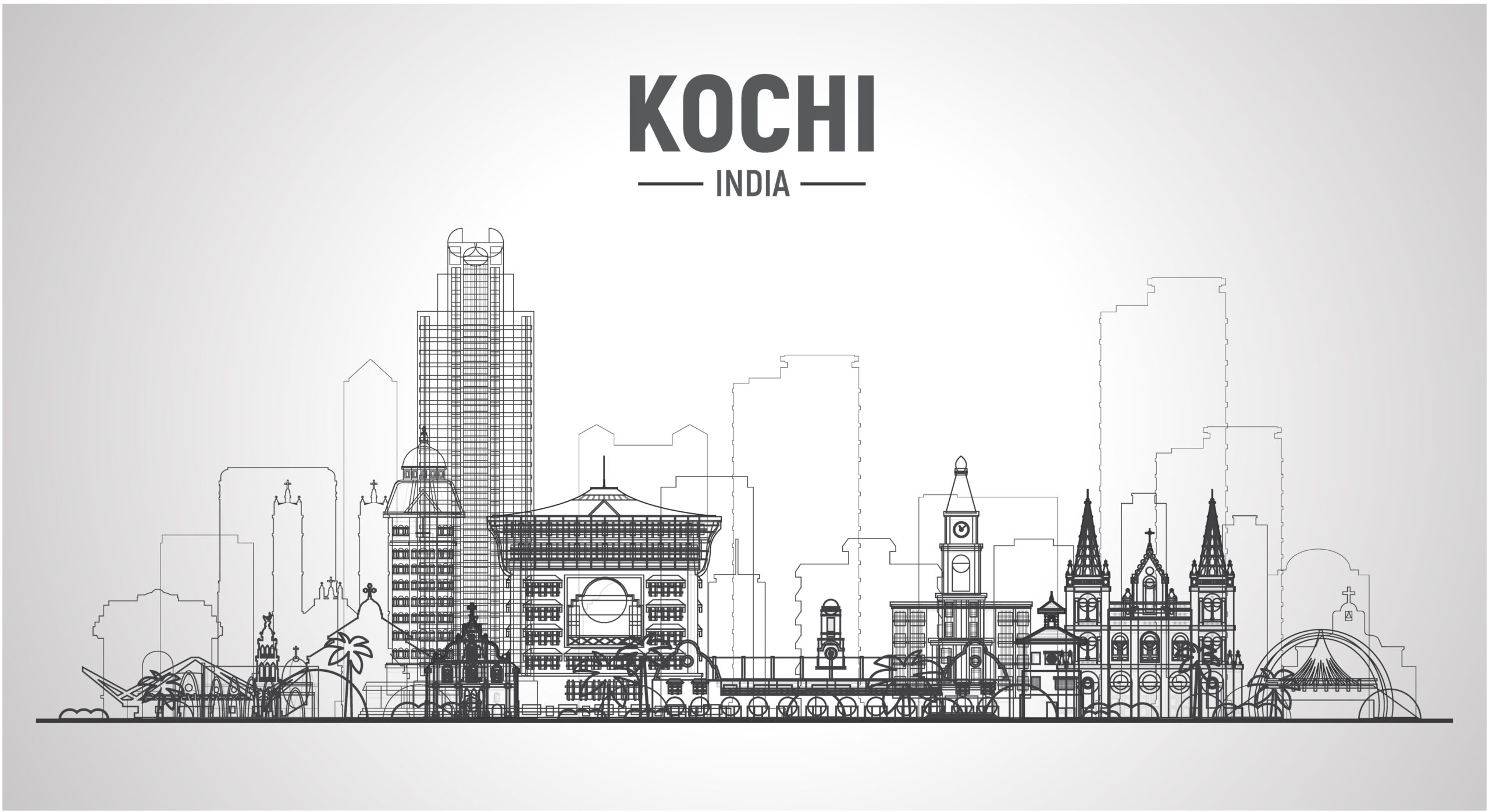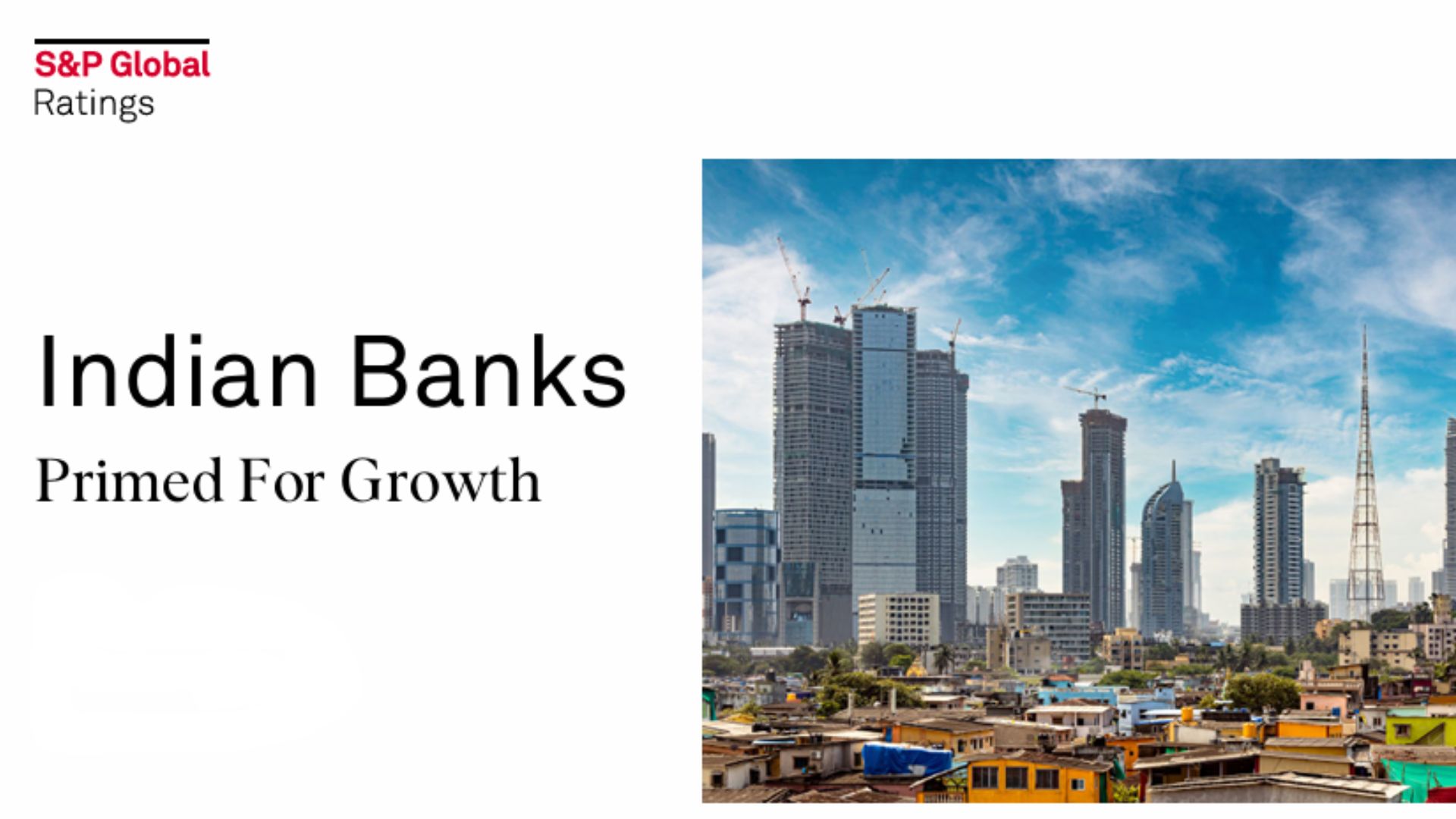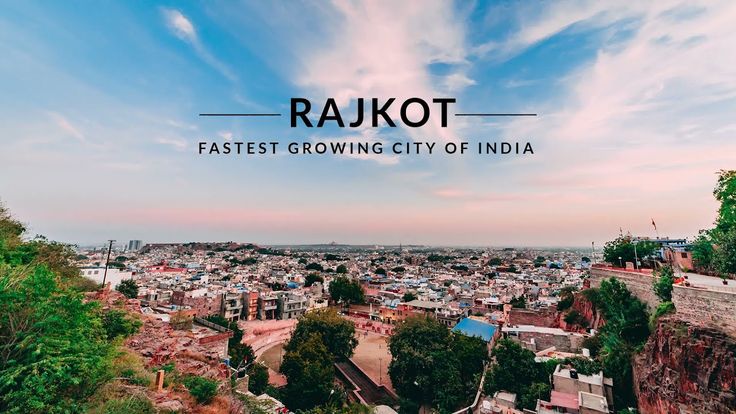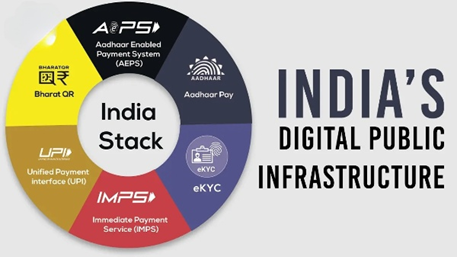India’s Credit Engine in FY25: Selectivity, Stress, and the Shape of Lending to Come

The lending landscape in India is entering a phase of cautious transformation. The recently released “How India Lends – FY25” report by CRIF High Mark offers an incisive view into how lenders, borrowers, and credit products are recalibrating in response to market pressures, regulatory cues, and shifting borrower behaviour.
While the size of the overall credit portfolio has expanded, the engine of originations where fresh loans are sanctioned has shown signs of moderation. Lenders are still writing loans, but with more scrutiny, higher ticket sizes, and selective exposure. FY25 did not reflect a credit slowdown as much as a shift in philosophy.
Growth at the Top, Retreat at the Bottom
As of March 2025, India’s consumption loan portfolio stood at ₹103.1 lakh crore, marking a 14.7% year-on-year increase. MSME loans, grouped under the MSMEx category (those with exposures up to ₹50 crore), reached ₹83.5 lakh crore with 10% growth. However, originations value grew just 3.8% for consumption loans, while entity-level MSME loan originations declined by 7.4%. Microfinance saw the sharpest contraction, with originations value down over 26% and volume down nearly 34%.
These trends reflect a clear tilt among lenders toward high-value, lower-risk borrowers particularly those seeking housing and auto finance while pulling back from unsecured and smaller-ticket segments, especially in microfinance and personal lending.
Personal Loans: Smaller Tickets, Higher Risk
The personal loan segment saw a decline in origination value to ₹8.8 lakh crore, down 2.9% year-on-year, even though loan volume rose by 8.3%. This indicates a shift toward small ticket borrowing, with loans under ₹1 lakh now making up more than 89% of total volumes.
NBFCs extended their dominance, increasing their share of loan originations both by value and volume. Yet, delinquencies have also risen across lender types. The ₹1–5 lakh loan band, while growing, showed elevated repayment stress. Mid-stage delinquencies (PAR 91–180) worsened for NBFCs, private and public sector banks alike.
The report suggests this recalibration in personal lending may have been accelerated by the RBI’s tightening of risk-weight norms for unsecured loans a regulatory signal that was clearly heeded.
MSME Credit: Formalisation Up, Risk Appetite Mixed
The MSME segment saw portfolio expansion but reduced enthusiasm for new lending, particularly to entities. Individual MSME loans grew in value by 4.5%, though volume fell by 11.4%. On the other hand, entity MSME loans saw volume growth of 17.1% but a 7.4% decline in value indicating caution in higher-value exposures.
Overall portfolio quality remained steady, with early-stage delinquencies showing slight improvement. Over 6.5 crore MSMEs are now registered on the Udyam and Udyam Assist platforms, improving their visibility and formal credit access. Yet the data indicates that while formalisation is progressing, lenders are still navigating risk conservatively particularly in exposure to unproven or subprime entities.
Microfinance: A Cautious Retreat
FY25 marked a clear pullback in microfinance. The outstanding portfolio dropped to ₹3.8 lakh crore, a 13.9% decline year-on-year. Originations shrank by over a quarter in value, and by a third in volume. Average ticket size rose to ₹51,300, up 11%, but this reflects consolidation, not expansion.
Lenders, especially NBFC-MFIs, appear to be tightening filters amid rising repayment risk. This contraction signals not just a shift in portfolio strategy, but also a potential slowdown in financial inclusion at the grassroots.
Two-Wheeler, Auto, and Consumer Loans: Cautious Optimism
Two-wheeler loans grew more modestly this year, with origination value up by 10.6% less than half of last year’s growth. Auto loans rose by 5.2% in value and reached ₹3.6 lakh crore in new originations. Private banks ceded share to PSU banks and NBFCs, and delinquencies crept upward in high-ticket auto loans, especially among NBFCs.
Consumer durable loans grew 3.3% to ₹1.6 lakh crore but also showed stress at higher price points. NBFCs continue to dominate, though delinquencies in ₹50,000+ loans indicate repayment stress is not limited to low-income segments alone.
A Lending Model in Transition
The FY25 credit landscape reveals a lending industry that is evolving from aggressive expansion to selective engagement. Lenders are increasingly favouring creditworthy, high-ticket borrowers while reining in exposure to riskier, lower-income segments. Portfolio growth continues, but its character has changed more cautious, more data-driven and more structured.
However, this shift raises important questions about access. As lenders pursue safety, who will serve the next 100 million borrowers outside the formal mainstream? FY26 may not just test risk models, but also the system’s resolve to ensure inclusion doesn’t become collateral damage.





